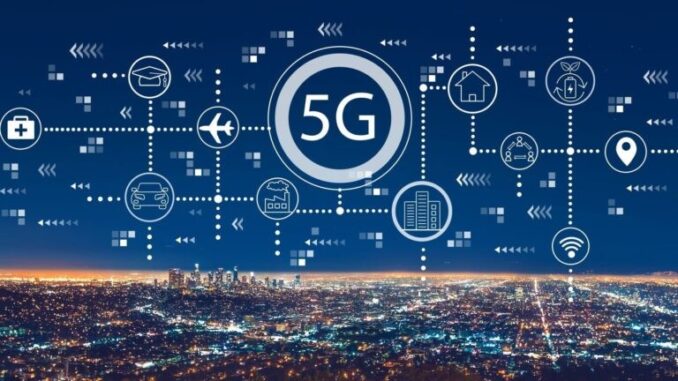
The intersection of 5G technologies involves several key areas of impact, integration, and innovation across various domains. Here’s an overview of the major intersections:
1. Internet of Things (IoT) – Enhanced Connectivity: 5G provides the high-speed, low-latency connections necessary for a vast array of IoT devices, enabling everything from smart homes to smart cities.







– **Massive Device Connection**: 5G can support a large number of connected devices simultaneously, which is crucial for large-scale IoT deployments.
### 2. **Edge Computing**:
– **Reduced Latency**: By processing data closer to the source (edge devices), 5G enhances the responsiveness of applications, vital for time-sensitive services like autonomous vehicles and remote surgeries.
– **Bandwidth Efficiency**: With 5G, data can be filtered and processed locally, reducing the volume of data sent to central cloud servers and optimizing bandwidth usage.
### 3. **Augmented Reality (AR) and Virtual Reality (VR)**:
– **Immersive Experiences**: 5G’s high bandwidth and low latency are key for delivering AR and VR content seamlessly, transforming industries like gaming, education, and remote training.
– **Enhanced Collaboration**: Applications in training, remote work, and virtual meetings can leverage 5G to provide realistic experiences that traditional video conferencing tools can’t match.
### 4. **Autonomous Vehicles**:
– **Real-time Data Sharing**: 5G allows for the rapid exchange of information between vehicles (V2V), and between vehicles and infrastructure (V2I), improving safety and navigation.
– **Advanced Driver Assistance Systems (ADAS)**: Enhanced connectivity can support more sophisticated safety features and autonomous driving capabilities.
### 5. **Industrial Automation**:
– **Smart Manufacturing**: 5G can enable real-time monitoring and control of manufacturing processes, allowing for greater efficiency and flexibility.
– **Remote Operations**: Operators can manage robotics and machinery from remote locations, enhancing safety and reducing on-site personnel needs.
### 6. **Healthcare**:
– **Telemedicine**: High-quality video consultations and remote patient monitoring require the reliability and speed that 5G offers.
– **Real-time Data Processing**: Wearable health devices can transmit data instantly to healthcare providers, improving patient outcomes and enabling timely interventions.
### 7. **Smart Cities**:
– **Infrastructure Optimization**: 5G enables smart grids, intelligent transportation systems, and efficient public safety applications to work together more effectively.
– **Environmental Monitoring**: Cities can use connected sensors to monitor air quality, waste management, and energy consumption in real time.
### 8. **Cybersecurity**:
– **Need for Advanced Security Protocols**: The increased connectivity of devices creates new vulnerabilities, necessitating robust security measures, including post-quantum cryptography, to secure data and communication.
– **Trust Models**: With the proliferation of devices, establishing trust in communications becomes ever more vital, leading to innovations in security frameworks.
### 9. **Media and Entertainment**:
– **High-Quality Streaming**: 5G enables high-definition and even 8K streaming experience with less buffering and higher capacity for simultaneous viewers.
– **Interactive Content**: Content creators can experiment with more immersive experiences, blending AR/VR with live events.
### Conclusion
The intersection of 5G technologies with various sectors opens up numerous opportunities for innovation and efficiency. As organizations and industries adapt to the capabilities that 5G provides, we can expect significant advancements in automation, communication, and overall quality of life. However, it also necessitates attention to security, regulatory frameworks, and ethical considerations, particularly in areas such as IoT and data privacy.


Leave a Reply